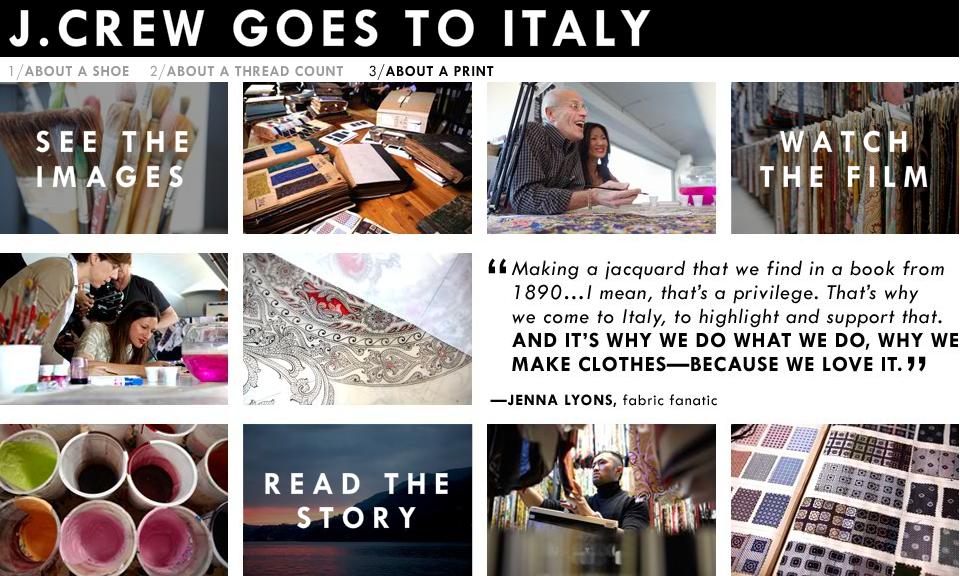When it comes to branding, it’s important to build an emotional connection with your customers. If you tell them a story that they can connect with, chances are you’re one step closer to success. People are drawn to authentic brands that tell true, meaningful stories. The story is how consumers connect brands to their lives. So if you establish this connection with your consumers, you’ll become a part of their life.
- Find Your Purpose
You need to know what your business is at its core. Dig deep to figure out why you’re really doing what you’re doing and who you’re doing it for. To build a strong story for your business, you need a strategy, mission, and vision that capture the essence of what makes your brand compelling. Knowing who you really are at your core is the first step in making sure your foundation is strong.
2. Tell The Truth
This gets twisted a lot in the storytelling process. Yes, you’re crafting a story around your brand but you want it to still be a business not a fairytale. So make truth the cornerstone of everything. It’s about how your product or service adds value to people’s lives. Feature real people, genuine emotions, and facts. That way, you’re telling what’s true, you just need to tell it well.
3. Embrace Your Human Element
Regardless of what industry you’re in, every company comes into contact with people and affects them. Find a way to showcase what you do for people, how your products or services exist in the real world. A compelling brand story tells your customers how real people work for your brand to bring them real value. It’s a person to person connection.
4. Highlight What Sets You Apart
Be original. Your brand story should clearly let people know what you can offer them that others can’t. People are captivated by unique stories. Discover what makes you interesting and let your audience know why that’s important to them. Always be sure to connect back to how you’re helping meet the needs of your customers.
5. Keep Your Customer at the Center
You should aim to be customer-centric in every way possible. Don’t be just another business. Find inspiration to push outside of your comfort zone and bring originality to your unique story. Think about your customer as the reader and your brand as the story. What would make them want to turn the page?
You want to leave a lasting impact on your customer’s experience of your story. And that’s exactly why every element of your story, from pictures to videos to words, should create one cohesive whole.
The digital world is overly stimulating and consumers are hit non-stop with media and information. People easily become bored, which is why you want to make sure your brand story is special and unique to you. You have this power to create brand value for your business, and it all starts with your story.

Example: Oh Yeah Beer
What They Did: Oh Yeah beer came up with a short, clever way of telling how they founded their company and why.
Why It Works: They enlisted humor and wittiness to tell their brand development story in a relatable way. They took the facts, that they were founded in the 1980s in New Zealand, and expanded the narrative to embrace their defining characteristic: the “oh yeah” you feel when you crack open and take a sip of a nice cold beer. They used descriptive words to set the characters, two average joes, in a setting, the long dry summer, that people can envision. By keeping it brief, they leave it up to their customer’s imagination to put themselves into the story. It’s an experience everyone can relate to, and Oh Yeah Beer invites their customers to join in.

Example: J. Crew
What They Did: J. Crew shared this behind-the-scenes story of their design team’s trip to the mills in Lake Como, Italy where they source many of their prints. It includes a brief backstory, beautifully photographed colorful images, and a video diary of their journey there.
Why It Works: They crafted a compelling story that intricately weaved real people and experiences with their products and brand. By sharing a travel adventure, they were able to humanize the brand by creating a sense of intimacy. This authentic story is one that their customers can feel that they’re a part of. In doing so, they will be more encouraged to participate in it and share it with others.
brand strategy, brand value, branding, business, consumers, narrative, small business, storytelling

